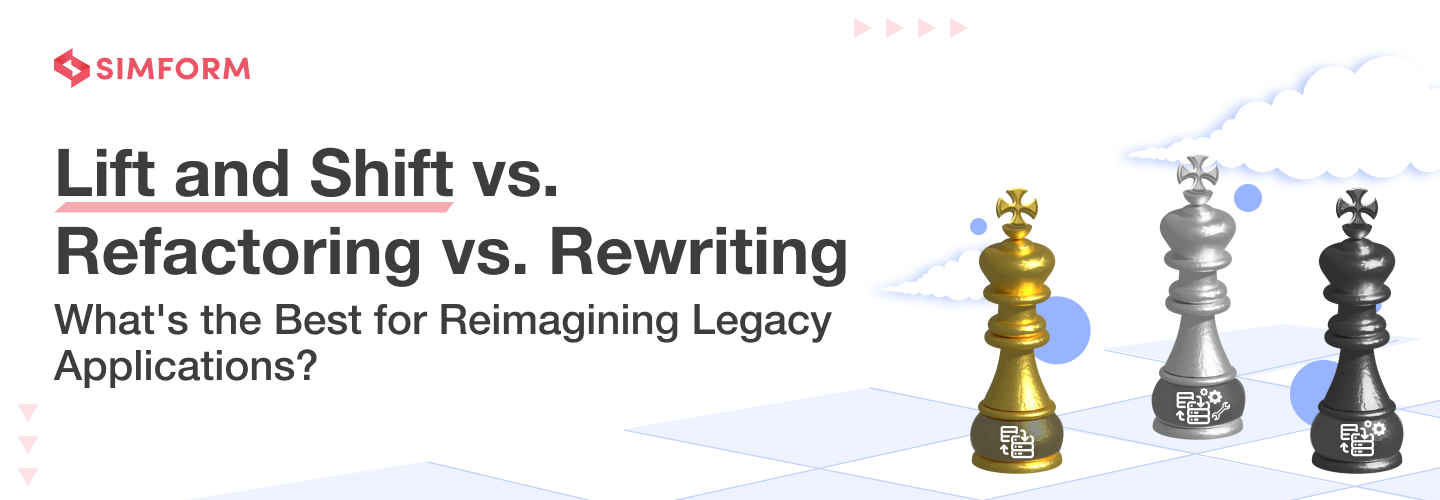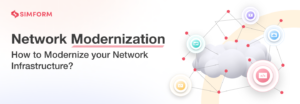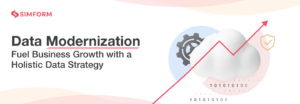Lift and Shift vs. Refactoring vs. Rewriting: Prioritize Modernization Efforts
Migrating the applications to the cloud is often the first step for any organization in embracing modernization to achieve the desired growth. While some go for a lift and shift model, others zero down to refactoring or rewriting.
Each approach has its own benefits and drawbacks. And in this guide, we’ll take a closer look at Lift and Shift, Refactoring, and Rewriting in detail. We’ll go through their meaning and advantages and guide you on which approach works best for you.
What is lift and shift?
Lift and shift is a cloud migration strategy that involves taking apps offline before uploading them to a new cloud environment. It migrates the selected data and application databases that are still on-premises while the cloud storage is configured for future use.
Lift and shift works best for meeting short migration deadlines. It is divided into three phases, viz. Assessment, Planning, and Migration. Lift and shift delivers multiple benefits like better speed, innovation, high-end flexibility, and resilience.
Benefits of lift and shift
The lift and shift strategy offers an enhanced level of simplicity. As a result, businesses no more have to rearrange user account hierarchies and deal with the complexities of restructuring files and folders. Also, it helps organizations with the innovation of a unique market differentiator.
Apart from this, several other benefits of the lift and shift application modernization strategy make the overall cloud data transition lightweight.
1. Faster optimization
Sometimes optimization becomes expensive with existing resources. In such a scenario, lift and shift lend you a helping hand. It extends the life of a struggling workload, especially when premises-based infrastructure is expensive or too many cloud resources are required to optimize it in the future.
2. Best for shorter deadlines
Lift and shift assists you in meeting deadlines by offering different advantages such as
- Simplified transfer of incremental changes
- Easier mapping of user accounts
- Replication of collaboration in the destination cloud
- Elimination of data restructuring complexities
3. Enhanced security
Cyberattacks are another concern that often gives nightmares to enterprises. But thanks to lift and shift, you no longer have to worry about security and compliance while migrating to the cloud.
This approach offers you multifactor authentication and effective measures to safeguard your existing infrastructure. Also, it allows you to achieve a more robust security posture by incorporating elements of DevSecOps. It is a philosophy that advocates for automating all parts of the security process.
4. Speed
Lift and shift is the quickest way to get a workload on public cloud resources. There is no need to dedicate separate time for code revisions or optimization. Moreover, it enables you to migrate and adapt your app to run natively on the cloud.
5. Ease of implementation
Lift and shift migration requires little to no changes to the existing application infrastructure. Information can be easily transferred from the existing environment to the new cloud-based hosting environment.
6. Scalability
Lift and shift facilitate your organization to scale an application without installing a new computing capacity. Further, you won’t have to overprovision hardware to manage peak traffic periods.
7. Cost-effectiveness
Some applications may also benefit from cloud elasticity or the ability to automatically spin up and down resources to match demand. The greater the elasticity of your cloud and the more your application can leverage it, the more money you can save by only using the required resources.
When to lift and shift?

The lift and shift cloud migration strategy offers ample benefits, including cost savings and effectiveness. However, these are not the only ones, there are several situations where lift and shift is beneficial:
- If on-premise applications aren’t customizable, it’s good to move them to the cloud. This saves money and physical storage space for applications that are hard to redesign
- If an organization is highly concerned about time and migration costs, then lift and shift is the best choice
- It is a good option for organizations that want to move to the cloud but have some applications that need to run without interruption or modification
- In the case of commercial and off-the-shelf applications, making code changes is challenging. In this case, it is a better idea to adopt the lift-and-shift method
What is refactoring?
Imagine you reach your office and see a heap of files in front of you, which is quite frustrating. The same happens when you ignore decluttering code while building your application’s functionalities. And that’s where code refactoring comes into action.
Code refactoring restructures software source code to improve its internal structure and non-functional features without affecting its functions. Generally, there are three types of refactoring in software engineering–source code refactoring, database refactoring, and user interface refactoring.
Let’s have a detailed overview of these types:
- Source code refactoring improves the functionality of the original code to eliminate bugs
- Database refactoring fine-tunes the database infrastructure to improve design and performance
- Interface refactoring works on an enterprise application’s UI to enrich consistency while maintaining its functionalities
Benefits of refactoring code
Refactoring cleans up and simplifies your code, making it a breeze to understand. It avoids accumulating technical debt by taking advantage of all the code improvement opportunities.
Refactoring assures that your code is in tip-top shape.
1. Finding bugs becomes easier
Refactoring is a great way to understand messy code. When you refactor, you improve your knowledge of the code. You start spotting bugs as you get familiar with the code. By finding those bugs, you are helping improve the code quality of your project. It’s a win-win situation.
2. Clean code
Code refactoring makes a code cleaner by eliminating redundant code, unnecessary variables, longer methods, longer classes, unnecessary loops, etc. It also helps organizations clean up the code mess and remove defects before it does actual damage.
3. Reduced technical debt
When a new software version is released, its cost is not finalized. So, your software may stop working after a few months if it is not updated frequently. As a result, technical debt might build up.
4. Improved performance
Code refactoring improves application performance by offering updated hardware. As a result, organizations can experience enhanced performance without purchasing new hardware or updating the existing one.
When you should refactor code?
Refactoring makes sense before making any changes or adding new features to existing code. It improves the product’s quality and makes it easier for future developers to build on the original code.

You can also consider refactoring after launching a product. If code is difficult to read, it becomes hard to find typos, bugs, dependencies, and repetitions. Refactoring offers assistance to increase readability and efficiency across all tasks.
What is rewriting?
Rewriting an application includes rebuilding or scraping the prevailing code base gradually. For example, an enterprise rewrites its existing software using a modern framework to address data security vulnerabilities. It serves as a means of preserving apps that could otherwise become obsolete.
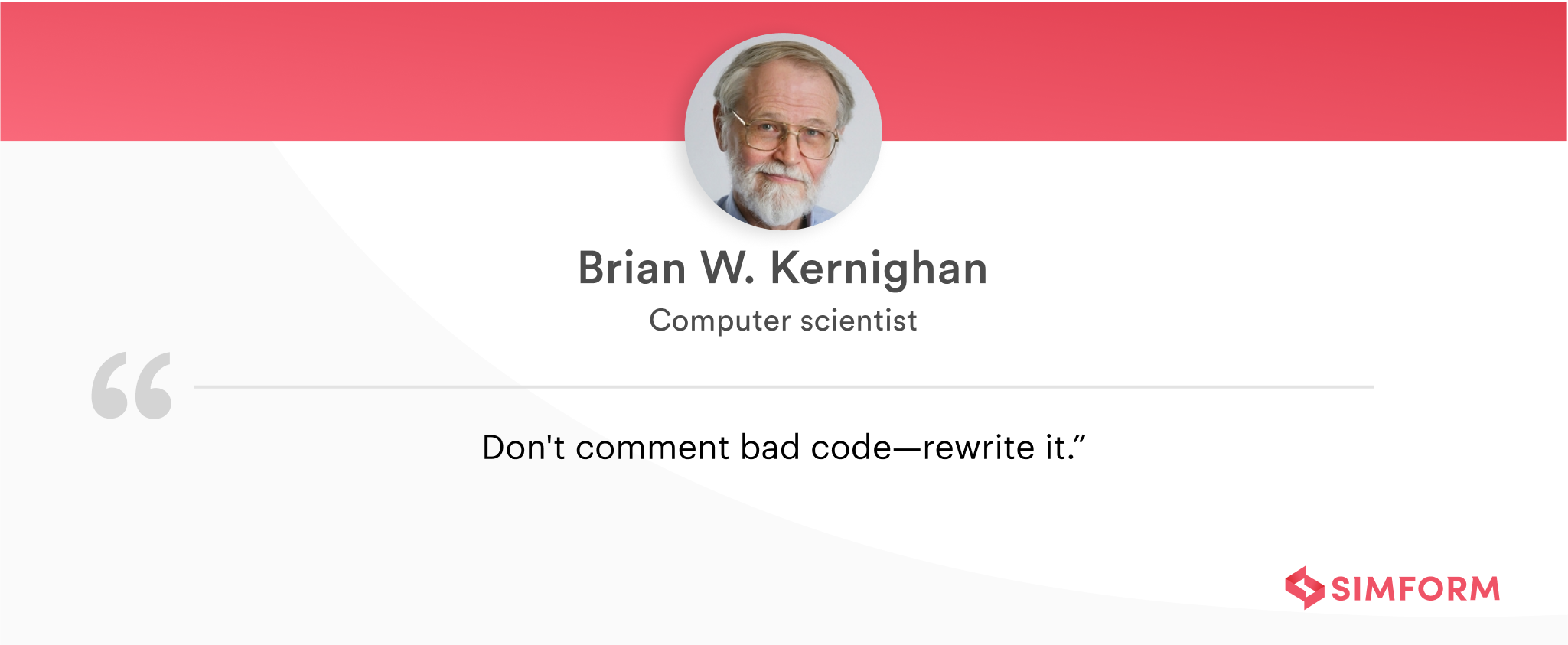
The rewriting process enables one to rethink the application approach with aligned development and testing processes by integrating the latest models. While rewriting the application, it becomes possible to change everything right from languages to frameworks. Overall, it is a golden opportunity to correct mistakes in the older version.
Benefits of rewriting
1. Ease to start
Rewriting is quite easy for the developers who are already working on the code so far. As they are already familiar with the application and are aware of potential improvement areas, they don’t require approval from the superior to start the rewriting process.
2. Revitalizes app design
Rewriting enables one to refresh the entire design of an application and modules alongwith its optimization. Moreover, it gives a fantastic opportunity to update the user journey map. It even ensures that each step is self-explanatory to the end user.
3. Stick to a single codebase
There is no need to create two separate codebases while rewriting. As a result, maintenance costs decrease to a great extent. Along with this, it’s easier to rewrite different monolithic or modular software types.
4. Seamless integration of the latest technologies
Rewriting eliminates the headache of making old code with the increasing demand for new technologies and application functions. It opens the door for new platforms and technologies by offering a way to move existing applications from one platform to another.
When to rewrite an application?
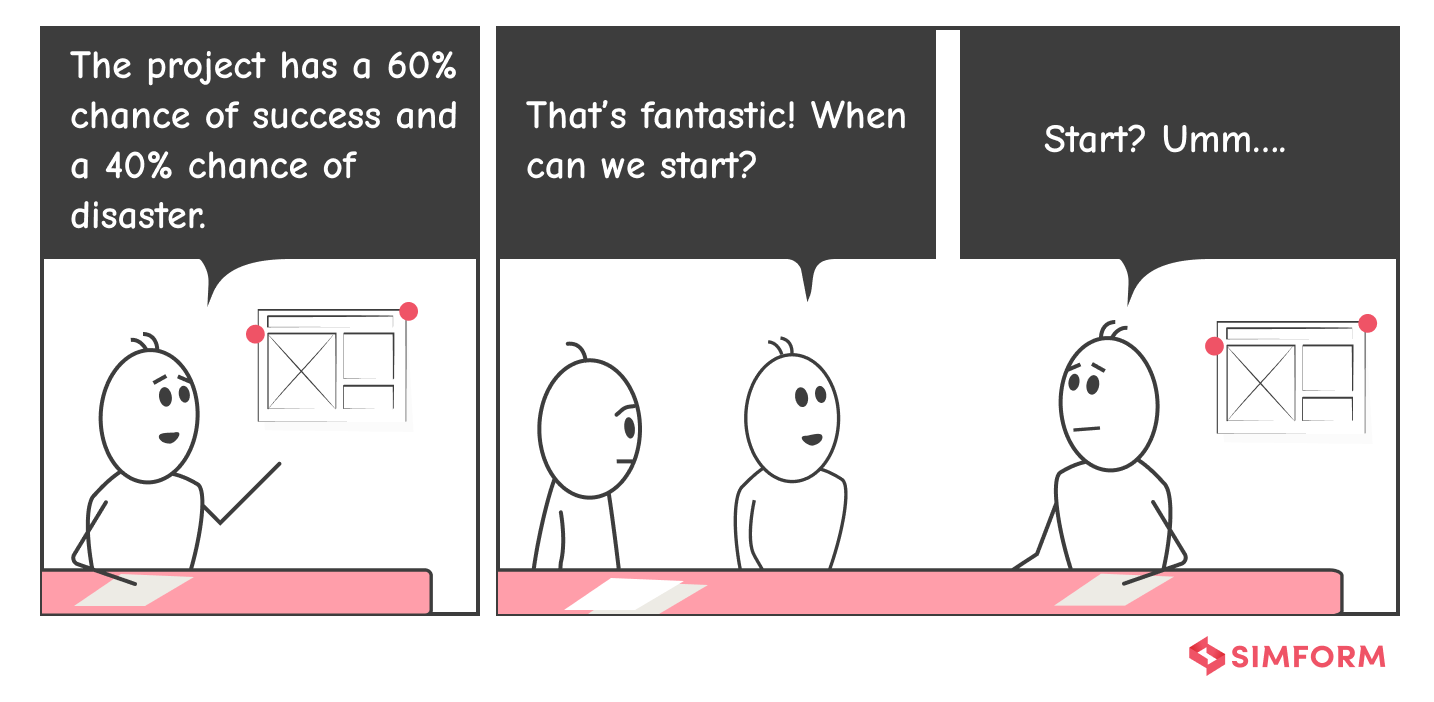
Here are the reasons to consider rewriting an application:
- The application no longer fulfills the current business needs, or some of its features have become obsolete
- Significant business changes or the latest required features do not fit in the box
- When quality has not been so important, the messed up codebase is a big concern
- When there is so much technical debt that it may cost a fortune
- When it is challenging to maintain outdated applications and recruit developers for the same
- When the development team is working on a clean, quality codebase and velocity is important
Comparing popular application migration models
Lift and shift involve lifting a partial or complete application from an on-premise or existing cloud environment to a new one. While refactoring entails making significant code changes without impacting the application’s external behavior. On the contrary, a rewrite is an act where one has to create a code written from scratch.
Now let’s differentiate these approaches to select the most appropriate one for your workload:
| Lift and Shift | Refactoring | Rewriting |
| Applications can be moved with minimal effort | Only a few parts of the application are modified | Involves scraping or substantially rebuilding existing code base |
| Faster migration and deployment | Utilizes cloud-native features at the fullest | Coding process starts right from scratch |
| Lower immediate costs | Lowers the overall level of code complexity | Updating tools and technologies is easier |
| Allows coders to make faster code changes | Faster app migration and deployment | Developers are not limited to existing code |
If you want to shift your application from an existing database to another database, you can leverage the lift and shift approach to simplify app modernization. However, if your application is complex, you can consider any option, from refactoring or rewriting as per the requirements of the modernization project.
Implement the best strategy with Simform!
No two systems are alike, and depending on how an application was built and updated, different avenues to modernization may appeal to enterprises.
While many businesses prefer to start with a clean slate, some prefer to minimize costs and de-risk the project with incremental refactoring. The right decision ultimately depends on costs, benefits, and long-term impact on productivity.
If you’re struggling to make the best decision, Simform can help you assess the benefits and costs of every approach. At Simform, we not only focus on optimizing costs but also reduce tech debt and prioritize the best modernization options by evaluating all three approaches as per your use case.
Let’s determine the most feasible option for your business together.

